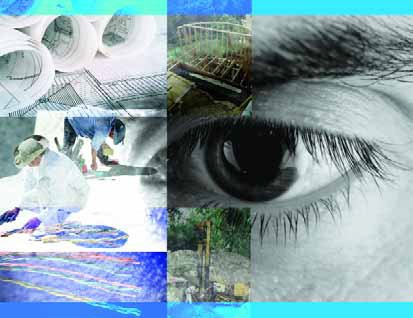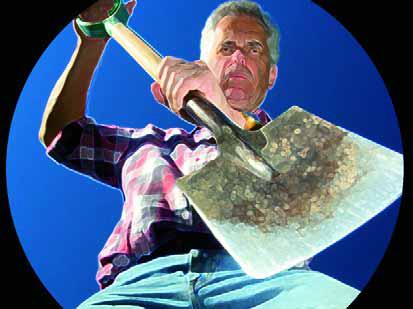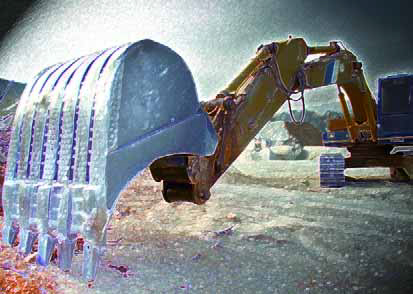project management
In the parlance of those who know best, it's time to discuss "mud" - the concrete material out of which most watershape shells are made. Mud enters the scene after the steel, plumbing, electrical conduits and forms have been placed and, in some jurisdictions, all work to that point has passed careful inspection. The concrete itself can take any of four forms: concrete block or poured-in-place concrete (neither of which is used very often), or gunite or shotcrete (far more commonly used). In my three decades of building watershapes, I've worked with all of these materials. If a very specific set of circumstances calls for the use of
In the parlance of those who know best, it's time to discuss "mud" - the concrete material out of which most watershape shells are made. Mud enters the scene after the steel, plumbing, electrical conduits and forms have been placed and, in some jurisdictions, all work to that point has passed careful inspection. The concrete itself can take any of four forms: concrete block or poured-in-place concrete (neither of which is used very often), or gunite or shotcrete (far more commonly used). In my three decades of building watershapes, I've worked with all of these materials. If a very specific set of circumstances calls for the use of
Our discussions in the last two issues have been about excavation, which leaves us this time with a big, literal void that serves as a relatively exact dimensional representation of the vessel we're building. After we've installed the forms - a subject I've covered in great detail in a number of past columns - it's time for the installation of the plumbing and steel. Before we jump into that process, however, let me make a key point: Although I am a knowledgeable builder who has paid attention through the years and can work his way through lots of watershaping projects without assistance, I am not
Our discussions in the last two issues have been about excavation, which leaves us this time with a big, literal void that serves as a relatively exact dimensional representation of the vessel we're building. After we've installed the forms - a subject I've covered in great detail in a number of past columns - it's time for the installation of the plumbing and steel. Before we jump into that process, however, let me make a key point: Although I am a knowledgeable builder who has paid attention through the years and can work his way through lots of watershaping projects without assistance, I am not
In last month's introduction to what it takes to prepare for, organize and complete the excavation stage of the watershape-construction process, basic common sense was the governing factor in how the process should proceed. What I was discussing last time, however, was simple, flat-site excavations - cases in which access is commonly not an issue, soils are often consistent across a site and the potential surprises are relatively few. This time, my focus is an altogether different breed of excavations - that is, the task of preparing a sloping, hillside site for installation of a watershape. This process offers
In last month's introduction to what it takes to prepare for, organize and complete the excavation stage of the watershape-construction process, basic common sense was the governing factor in how the process should proceed. What I was discussing last time, however, was simple, flat-site excavations - cases in which access is commonly not an issue, soils are often consistent across a site and the potential surprises are relatively few. This time, my focus is an altogether different breed of excavations - that is, the task of preparing a sloping, hillside site for installation of a watershape. This process offers
One would like to think that if there was anything all watershapers were good at doing, it would be digging holes. As with many other watershaping activities, however, it is apparent that some are better at it than others and that the excavation portion of a project either does a good job of setting the stage for great things to follow - or involves errors that can project themselves all the way through to the finished product. In my view, getting things right at this stage is as important as any other step in the design, engineering or construction process and is actually



















Forward Motion